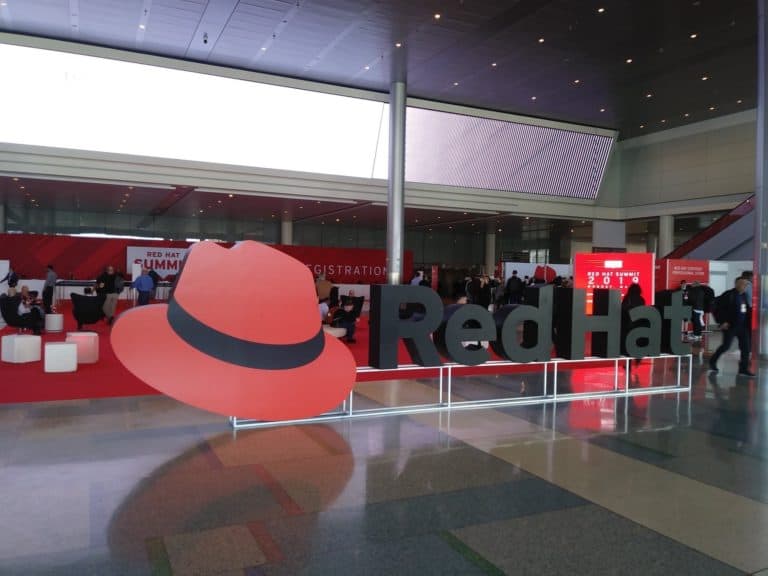Red Hat announced new automation features coming to version 2.3 of the Red Hat Advanced Cluster Management for Kubernetes. The tool is used to manage and scale hybrid and multi-load environments in an automated and unified way, with more flexibility to boot.
The new release is integrated with Red Hat Ansible Automation Platform, an enterprise framework for automating IT functions at scale. The company says that the framework is now active on 7 million nodes.
The integration aims to accelerate automation and cohesion in cloud-native clusters, VMs (virtual machines), and traditional infrastructure. Using tools and coordination to enable unified automation across multiple platforms.
What automation will do
Red Hat Advanced Cluster Management can automatically leverage Ansible Playbooks, every time specific lifecycle actions are taken. That makes automation of tasks like network configuration, connecting apps to databases, building load balancers, firewalls, and updating IT service management ticketing systems easy. The Ansible Automation Platform can also be called upon to execute tasks outside Kubernetes clusters. With that, users can create unified, automated workflows to make Red Hat OpenShift environments operational alongside IT systems that don’t use software containers.
Version 2.3
The new version will be available within the next few weeks and will feature support for importing managed Kubernetes clusters for Red Hat OpenShift on IBM’s Power Systems and Amazon Web Services. The new support is an addition to the support for managed Kubernetes clusters for Red Hat OpenShift on IBM Cloud, Red Hat OpenShift Dedicated, IBM System Z mainframes, and Microsoft’s Azure Red Hat OpenShift.
Users can now provision on-premises Red Hat OpenShift clusters on Red Hat OpenStack, a platform used to build and manage clouds, using Red Hat Advanced Cluster Management. Red Hat Advanced Cluster Management is growing and now includes more features to make management simpler.
